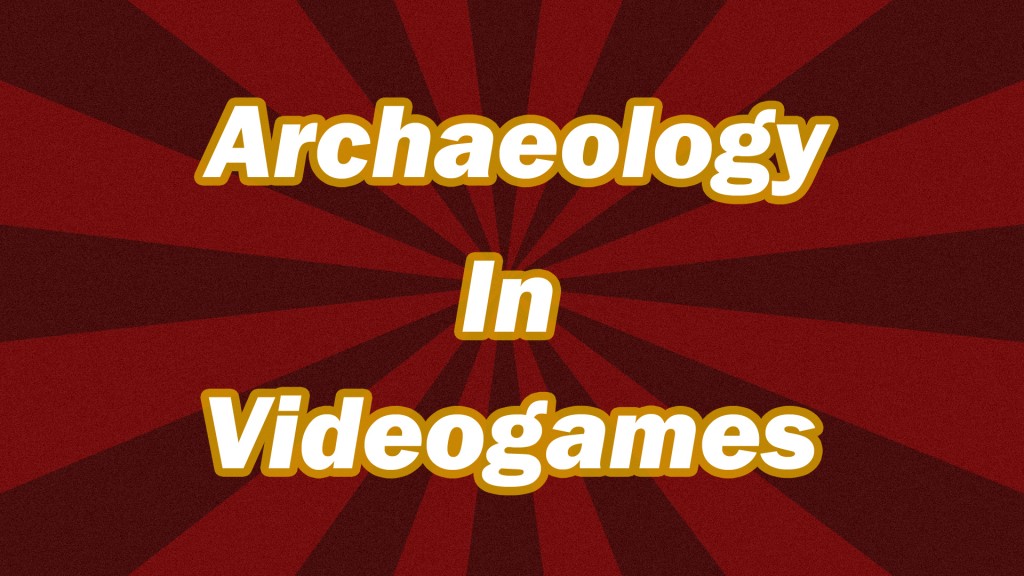 Archaeological ideas are in videogames but not where we expect, its time to excavate the electronic forms of art.
Archaeological ideas are in videogames but not where we expect, its time to excavate the electronic forms of art.
Video games have already become one of the most used forms of media in the 21st century. It is difficult to find someone who doesn’t know of videogames, and if you are a certain age, it is difficult to find someone who hasn’t played a game. But in terms of archaeology, videogames haven’t got the best representation. Games that people are familiar with that feature archaeologists are Tomb Raider and Uncharted but are these games archaeological? To try and answer this question we have to look at what videogames currently offer.
As pointed out by Daniel Garcia-Raso video games have like other media forms presented “ an old-fashioned and idealised vision picturing the archaeologist as a treasure raider that gets involved in an epic adventure to decipher the secrets of past civilizations embodied in artefacts. This image, popularized by Indiana Jones, meets the detective nature that some archaeologists from the Nineteenth Century or early years of Twentieth Century, like Heinrich Schliemann or Howard Carter, wanted to present as typical of Archaeology” (2011). The idea being that ‘real archaeology’ consisting of measuring and spending days of back-breaking excavating is boring and such activities would translate poorly in game mechanics in an action game. He goes on to say that “Because of their nature of audiovisual spectacle and entertainment system, video games tend not to be realistic, with the recurrent appearance of colossal and supernatural enemies, which defy physical and biological laws as well as mythologies and fantasies.” However if we understand that videogames aren’t realistic then what they represent are ideas about the past, possibilities about the past. Surely interpretations based on evidence are the same, ideas and possibilities about the past?
And what is the difference between a described archaeological interpretation and the same one simulated on screen?